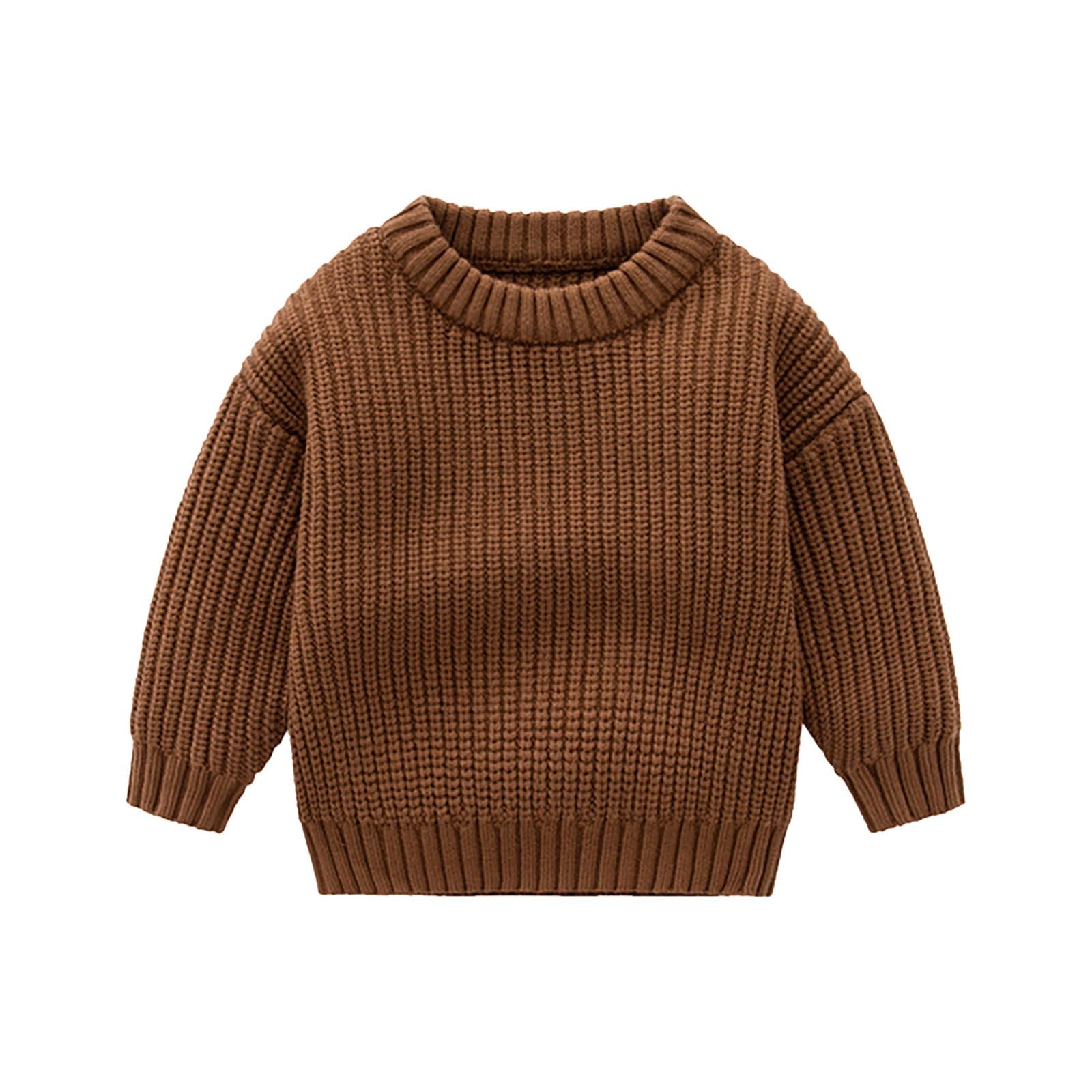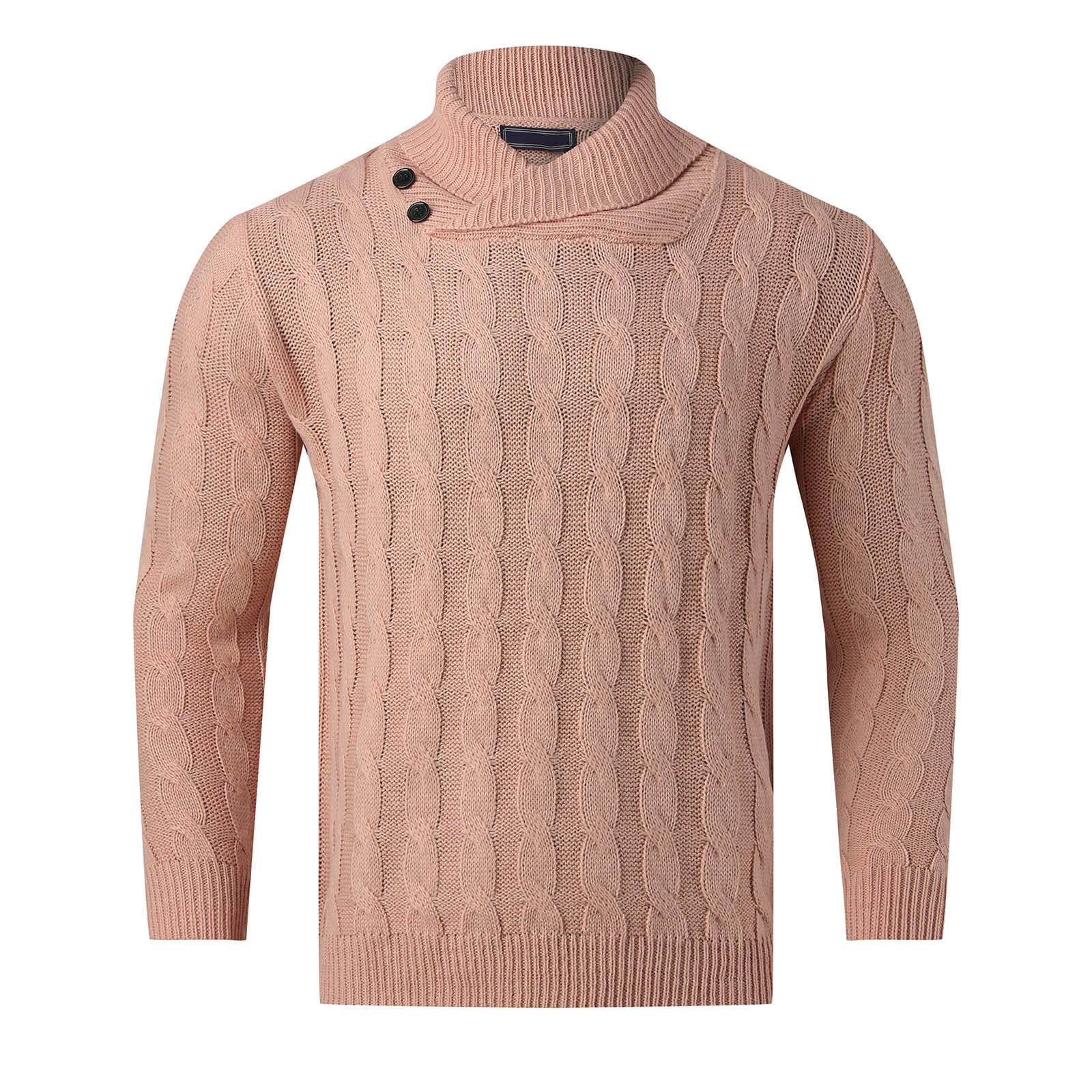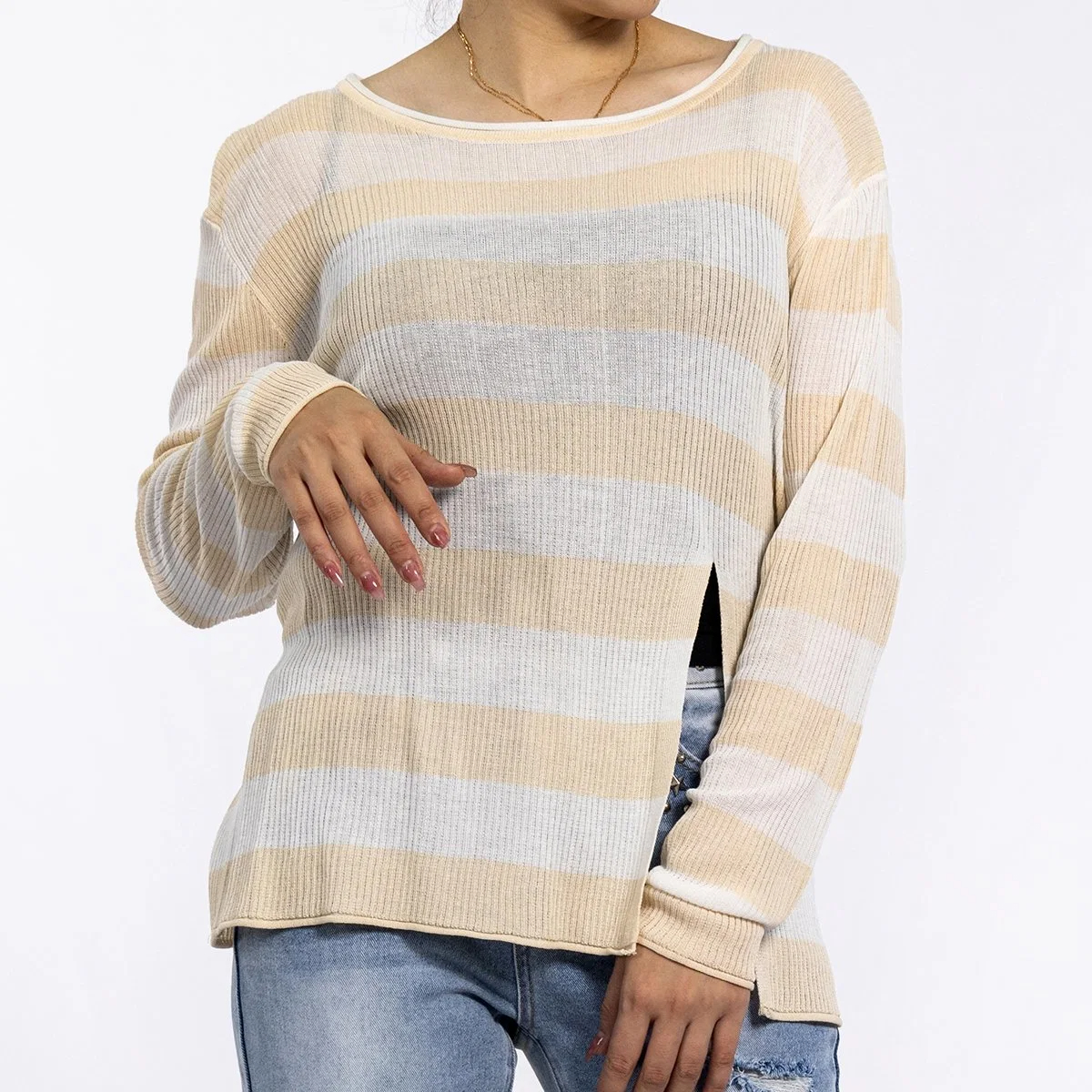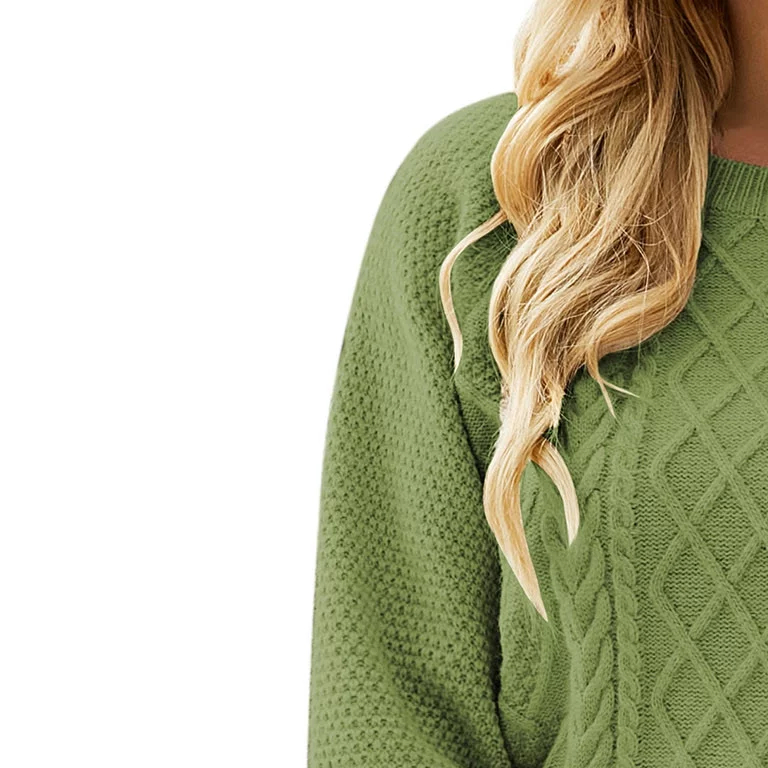Introduction to Sweater Weights
Sweaters come in all shapes, sizes, and weights. The weight of a sweater can significantly impact its warmth, comfort, and versatility. Understanding sweater weights helps shoppers make informed decisions when purchasing their next cozy garment. How much do sweaters weigh?Find out the average weight of a sweater and explore factors that contribute to its overall weight.This guide explores the factors influencing sweater weights and provides insights into different weight categories.
How Much Do Sweaters Weigh:Factors Affecting Sweater Weight
Several elements contribute to a sweater’s overall weight. The type of fiber used plays a crucial role. Natural fibers like wool tend to be heavier than synthetic alternatives. The knit pattern also impacts weight. Tighter knits generally result in heavier sweaters. Sweater size and thickness contribute to the final weight as well. Larger sizes and thicker yarns increase the overall mass of the garment.

Lightweight Sweaters: Perfect for Layering
Lightweight sweaters typically weigh between 200 to 400 grams (7 to 14 ounces). These versatile garments work well for layering or wearing in milder temperatures. Cashmere and fine merino wool often fall into this category. Lightweight sweaters offer comfort without bulk. They pack easily for travel and transition seamlessly from day to night. Many office workers prefer lightweight sweaters for year-round use in air-conditioned environments.
How Much Do Sweaters Weigh: Medium-Weight Sweaters
Medium-weight sweaters range from 400 to 600 grams (14 to 21 ounces). This category includes many popular styles like cardigans, pullovers, and turtlenecks. Medium-weight sweaters provide a good balance of warmth and wearability. They suit a wide range of temperatures and activities. Wool blends and cotton sweaters often fall into this weight class. These sweaters offer versatility for various occasions and seasons.
Heavy-Weight Sweaters: Built for Warmth
Heavy-weight sweaters typically exceed 600 grams (21 ounces). These substantial garments provide maximum warmth in cold conditions. Fisherman’s sweaters, chunky knits, and traditional Aran sweaters often fall into this category. Heavy-weight sweaters use thicker yarns and denser knit patterns. They excel at trapping heat and blocking wind. Outdoor enthusiasts and those in colder climates appreciate the cozy comfort of heavy-weight sweaters.
Specialty Sweaters: Unique Weights for Specific Needs
Some sweaters fall outside the standard weight categories. Performance sweaters for athletes might prioritize lightweight moisture-wicking fabrics. Conversely, protective sweaters for extreme cold environments can weigh significantly more than average. Novelty sweaters with embellishments or unusual materials may have unexpected weights. These specialty garments cater to specific needs or fashion trends rather than adhering to traditional weight classifications.
.

Caring for Sweaters of Different Weights
Proper care ensures sweaters maintain their shape and weight over time. Lighter sweaters often require gentler handling to prevent stretching or damage. Heavier sweaters may need special attention during drying to maintain their shape. Following care instructions for each garment helps preserve its original weight and quality. Proper storage also prevents unnecessary stress on fibers, keeping sweaters at their intended weight.
The Science Behind Sweater Warmth
The relationship between sweater weight and warmth involves more than just mass. Air pockets trapped within the knit structure provide insulation. Heavier sweaters often create more of these insulating air pockets. However, the type of fiber also plays a crucial role in heat retention. Some lightweight fibers, like cashmere, offer excellent warmth despite their low weight. Understanding this balance helps consumers choose the right sweater for their needs.
Weighing the Options: Choosing the Right Sweater
Selecting the ideal sweater weight depends on various factors. Climate and intended use top the list of considerations. Personal preferences for fabric feel and drape also influence choices. Fashion trends may favor certain weights in different seasons. Practical concerns like storage space and travel needs can impact decisions. Weighing these factors helps shoppers find the perfect balance of comfort, style, and functionality.
The Science Behind Sweater Warmth
The relationship between sweater weight and warmth involves more than just mass. Air pockets trapped within the knit structure provide insulation. Heavier sweaters often create more of these insulating air pockets. However, the type of fiber also plays a crucial role in heat retention. Some lightweight fibers, like cashmere, offer excellent warmth despite their low weight. Understanding this balance helps consumers choose the right sweater for their needs.
Weighing the Options: Choosing the Right Sweater
Selecting the ideal sweater weight depends on various factors. Climate and intended use top the list of considerations. Personal preferences for fabric feel and drape also influence choices. Fashion trends may favor certain weights in different seasons. Practical concerns like storage space and travel needs can impact decisions. Weighing these factors helps shoppers find the perfect balance of comfort, style, and functionality.
The Environmental Impact of Sweater Weight
The weight of a sweater can affect its environmental footprint. Heavier sweaters generally require more raw materials to produce. This increased material use can lead to higher environmental impacts during manufacturing. However, heavier sweaters may also last longer, reducing the need for frequent replacements. Lightweight sweaters might use fewer resources but may wear out more quickly. Considering the full lifecycle of a sweater helps environmentally conscious consumers make informed choices.
Innovations in Lightweight Warmth
Textile technology continues to push the boundaries of sweater weight and warmth. New synthetic fibers offer impressive insulation at incredibly low weights. Advanced knitting techniques create warm garments with less material. These innovations benefit outdoor enthusiasts and everyday consumers alike. Lightweight, warm sweaters reduce bulk in layering systems. They also offer increased comfort for active wearers. As technology progresses, the relationship between sweater weight and warmth continues to evolve.
Seasonal Variations in Sweater Weights
Retailers adjust their sweater offerings throughout the year to match seasonal demands. Spring and summer collections feature lighter weights and breathable fibers. Fall and winter bring heavier options designed for warmth. This seasonal shift affects manufacturing schedules and supply chains. It also influences fashion trends and consumer buying patterns. Understanding these cycles helps shoppers anticipate when to find specific sweater weights in stores.
How Much Do Sweaters Weigh:
The Role of Yarn Weight in Sweater Production
Yarn weight plays a crucial role in determining the final weight of a sweater. Manufacturers categorize yarn weights on a standardized scale. This scale ranges from lace weight to super bulky. Each category corresponds to a different thickness and mass of yarn. Knitters and manufacturers select yarn weights based on the desired properties of the finished sweater. Heavier yarns create warmer, more substantial sweaters. Lighter yarns produce more delicate, drapey garments. Understanding yarn weights helps consumers appreciate the craftsmanship behind their sweaters.
Comparing Sweater Weights Across Brands
Sweater weights can vary significantly between different brands and manufacturers. Some luxury brands prioritize lightweight, high-quality fibers. Others focus on traditional, heavier knits. Budget-friendly options may use lighter-weight materials to reduce costs. These variations make direct comparisons between brands challenging. Consumers benefit from understanding these differences when shopping across various retailers. Paying attention to both weight and material composition ensures a fair comparison between sweater options.
The weight of a sweater directly affects its comfort level. Heavier sweaters can provide a sense of security and coziness. However, they may also feel restrictive or cumbersome during active wear. Lighter sweaters offer greater freedom of movement. They also reduce the risk of overheating in varied environments. Personal preference plays a significant role in determining comfort. Some individuals prefer the substantial feel of a heavier sweater. Others favor the barely-there sensation of lightweight knits. Finding the right balance ensures maximum comfort and enjoyment of the garment.
Sweater Weights for Different Body Types
Sweater weights can have varying effects on different body types. Heavier sweaters add visual bulk, which may flatter some figures while overwhelming others. Lighter-weight options can skim the body, creating a sleeker silhouette. Choosing the right sweater weight for one’s body type enhances overall appearance and confidence. Styling techniques can also help balance the visual impact of different sweater weights. Understanding these principles helps consumers select the most flattering options for their unique physique.
Conclusion: Weighing In on Sweater Choices
As technology and fashion continue to evolve, the future of sweater weights looks intriguing. Smart textiles may soon allow for sweaters that adjust their insulation properties based on temperature. Ultra-lightweight, super-warm materials could revolutionize cold-weather clothing. Sustainable production methods may influence sweater weights as manufacturers seek to minimize resource use. These advancements promise to offer consumers even more options for comfortable, functional sweaters. The intersection of technology, sustainability, and fashion will shape the sweaters of tomorrow.
Sweater weights play a crucial role in the function, comfort, and style of these beloved garments. From lightweight layers to heavy-duty winter wear, each weight category serves a unique purpose. Understanding the factors that influence sweater weight empowers consumers to make informed choices. Whether prioritizing warmth, versatility, or fashion, the perfect sweater weight exists for every need. By considering personal preferences, lifestyle requirements, and environmental factors, shoppers can find their ideal sweater match. The world of sweater weights offers a fascinating blend of science, culture, and style, making each purchase a thoughtful decision.


